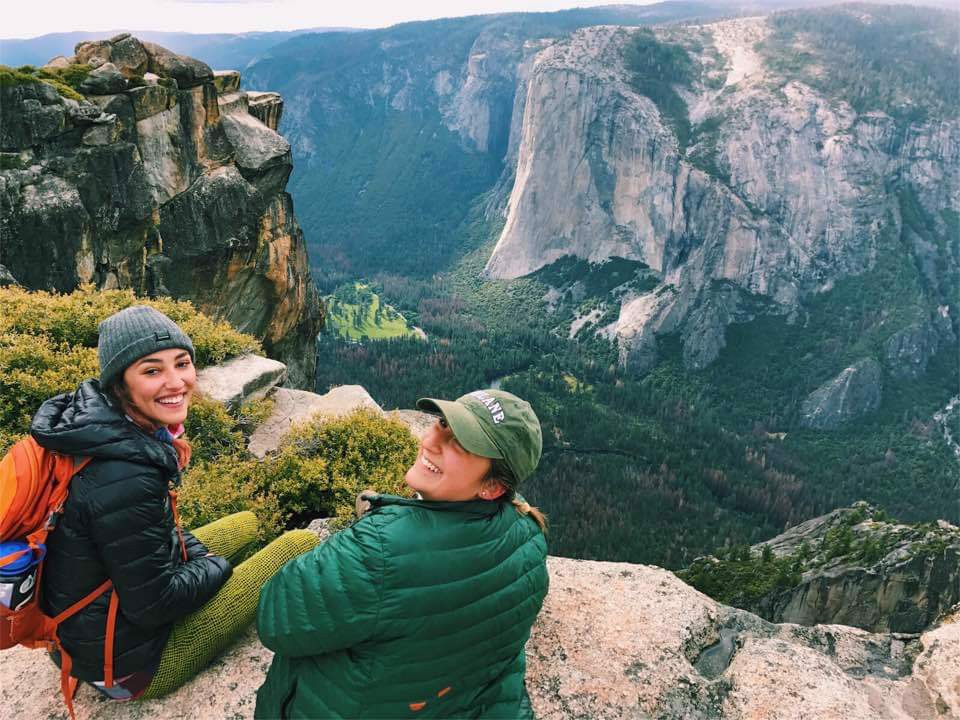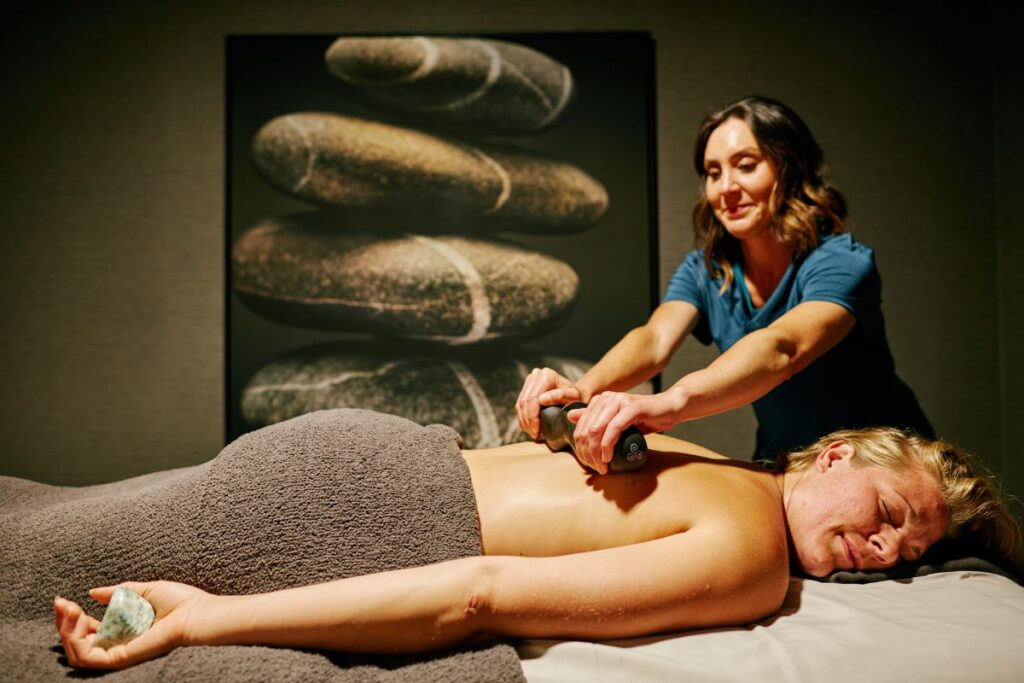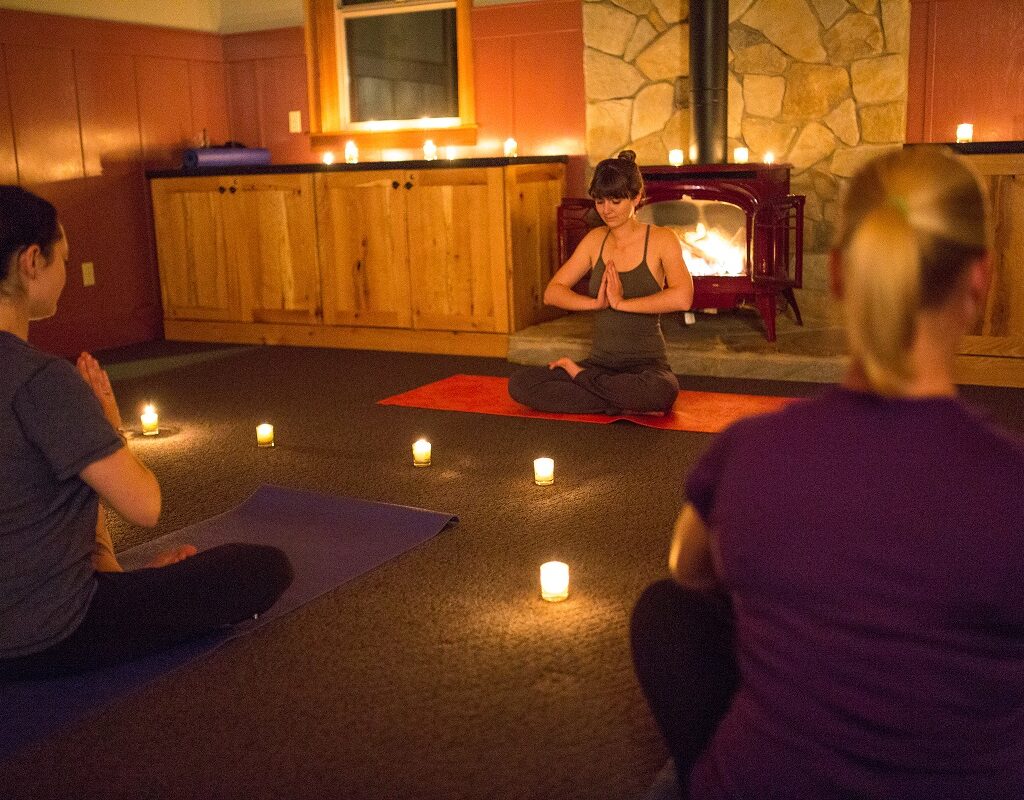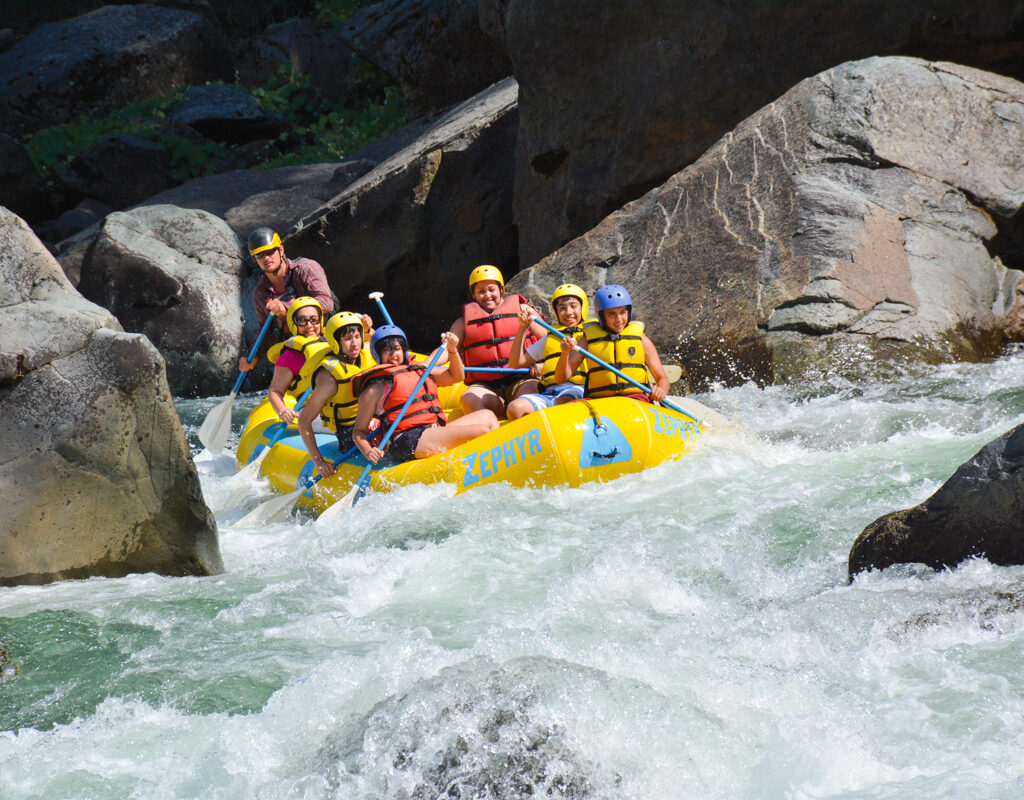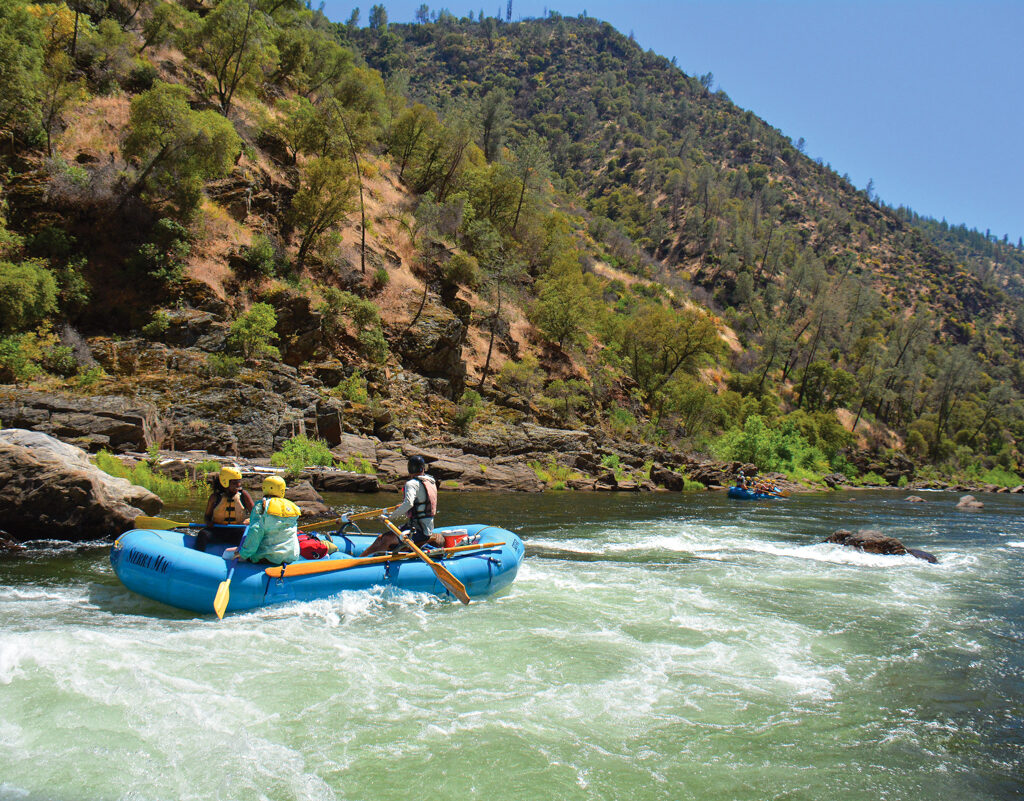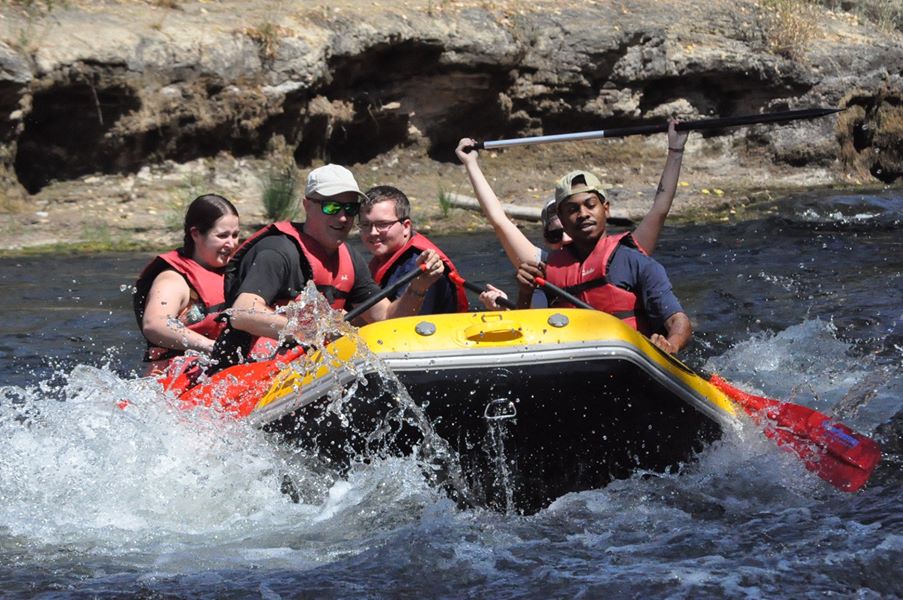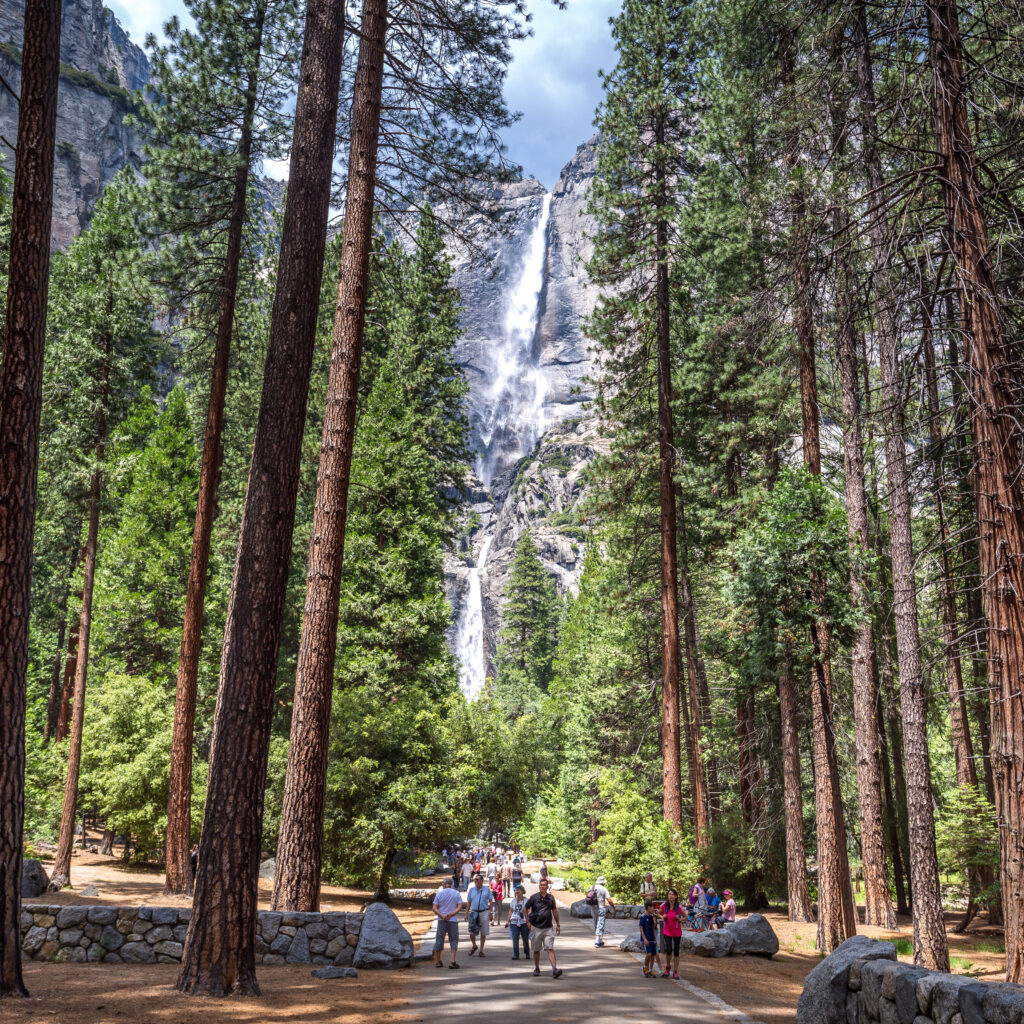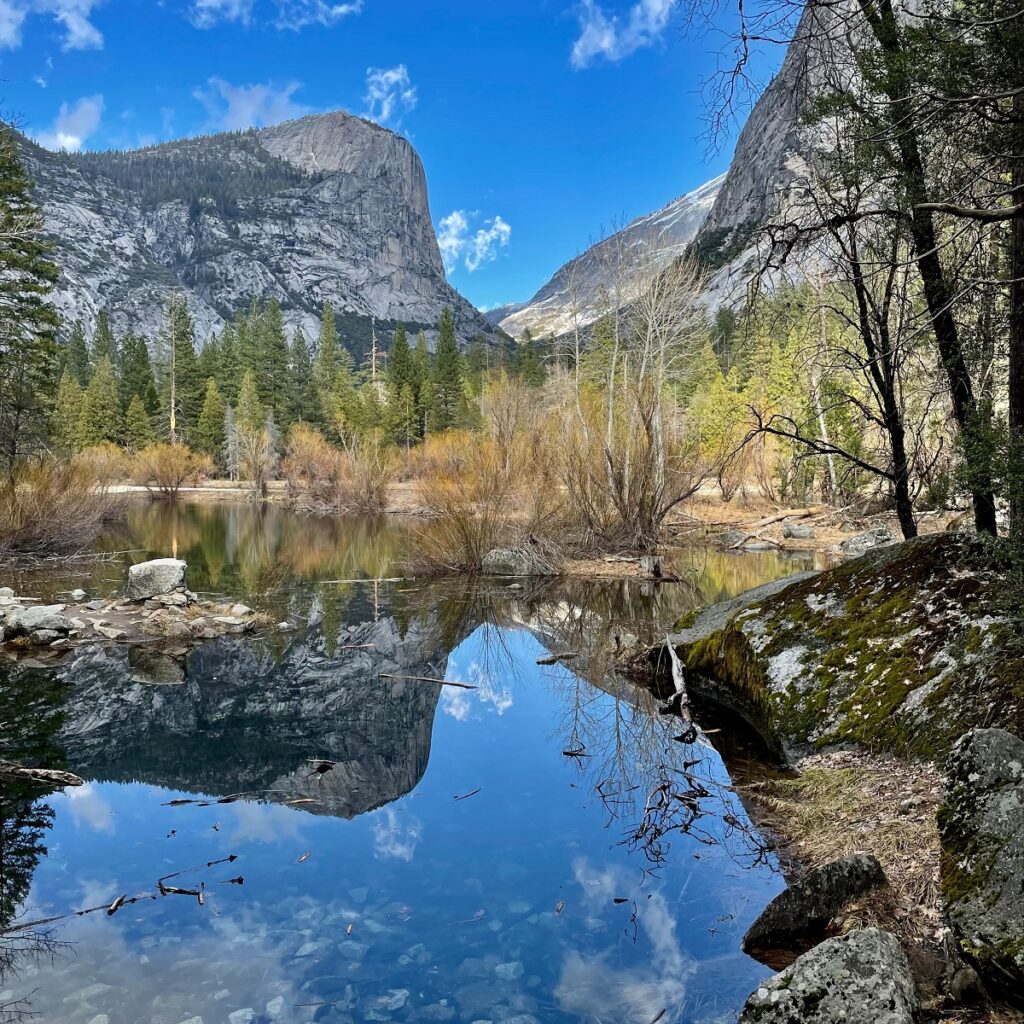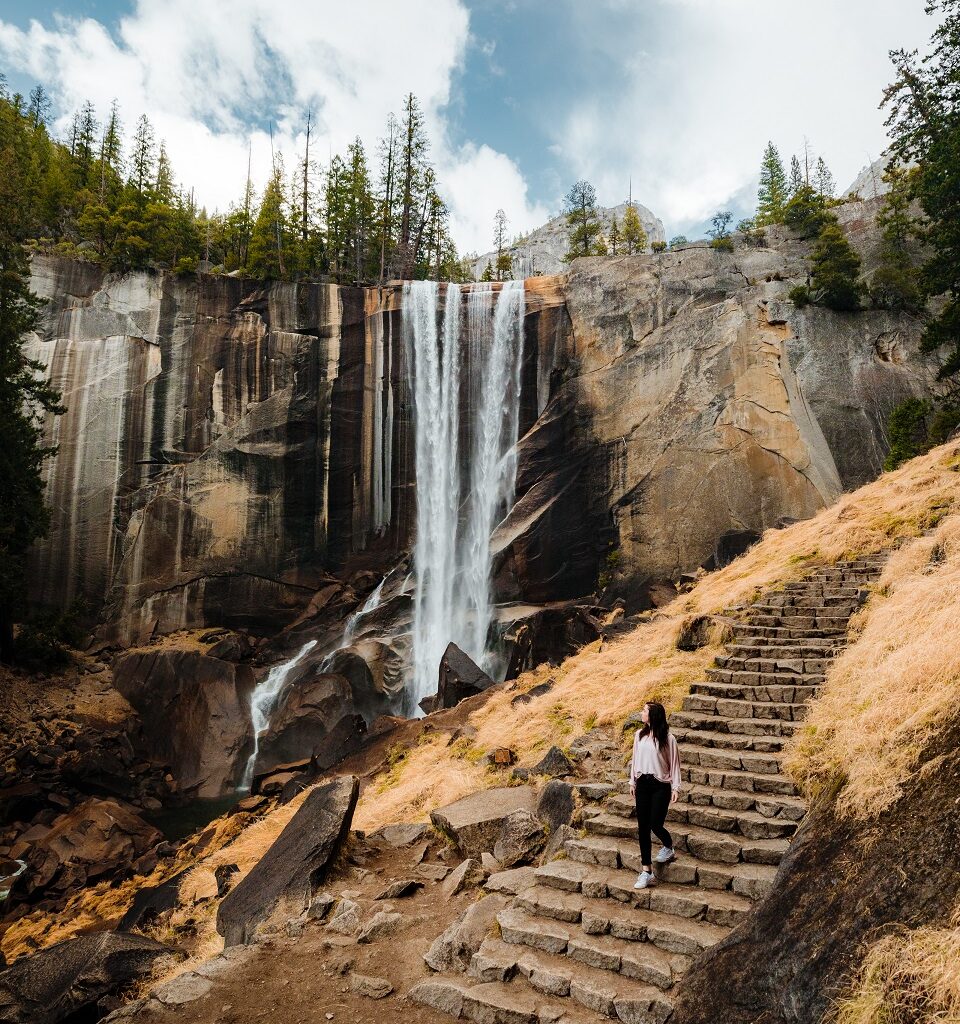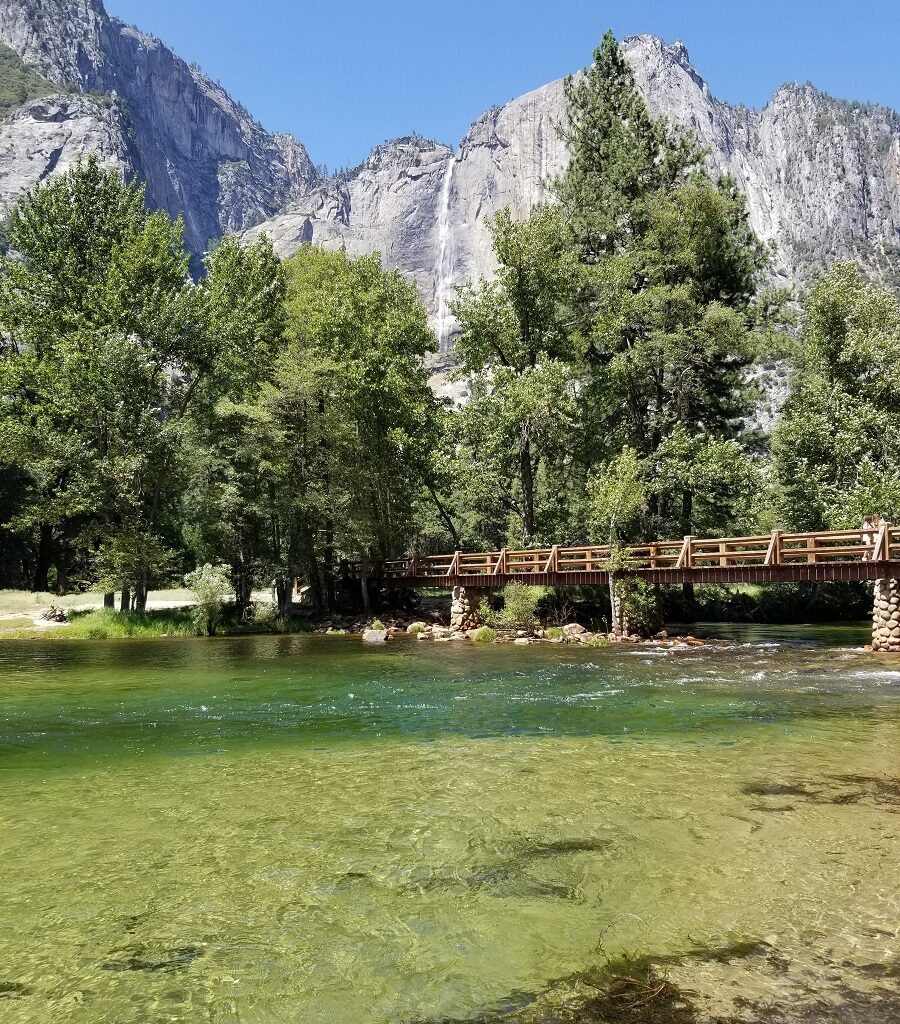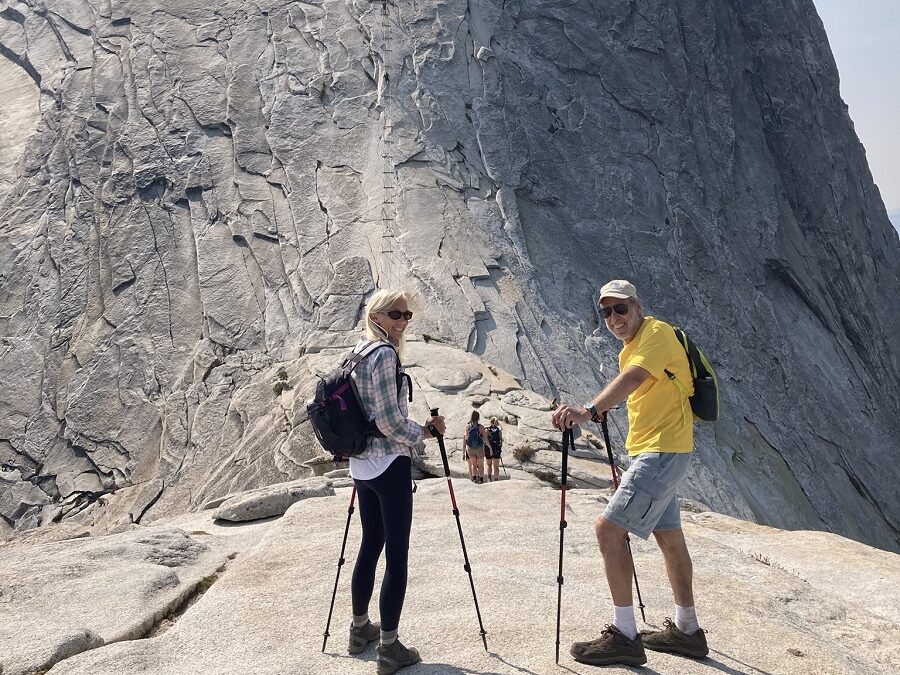Plan on spending two to four days in Yosemite if you want enough time to see all the amazing sights. This will give you plenty of time to see Half Dome, Yosemite Falls, Glacier Point, and enjoy some hiking trails.
Whether you have two, three, or four days to experience the breathtaking views of Yosemite, we have created an itinerary for you. We have placed the most important sights on day one and two. Then if you have more time, we have planned even more amazing sights for you to see.
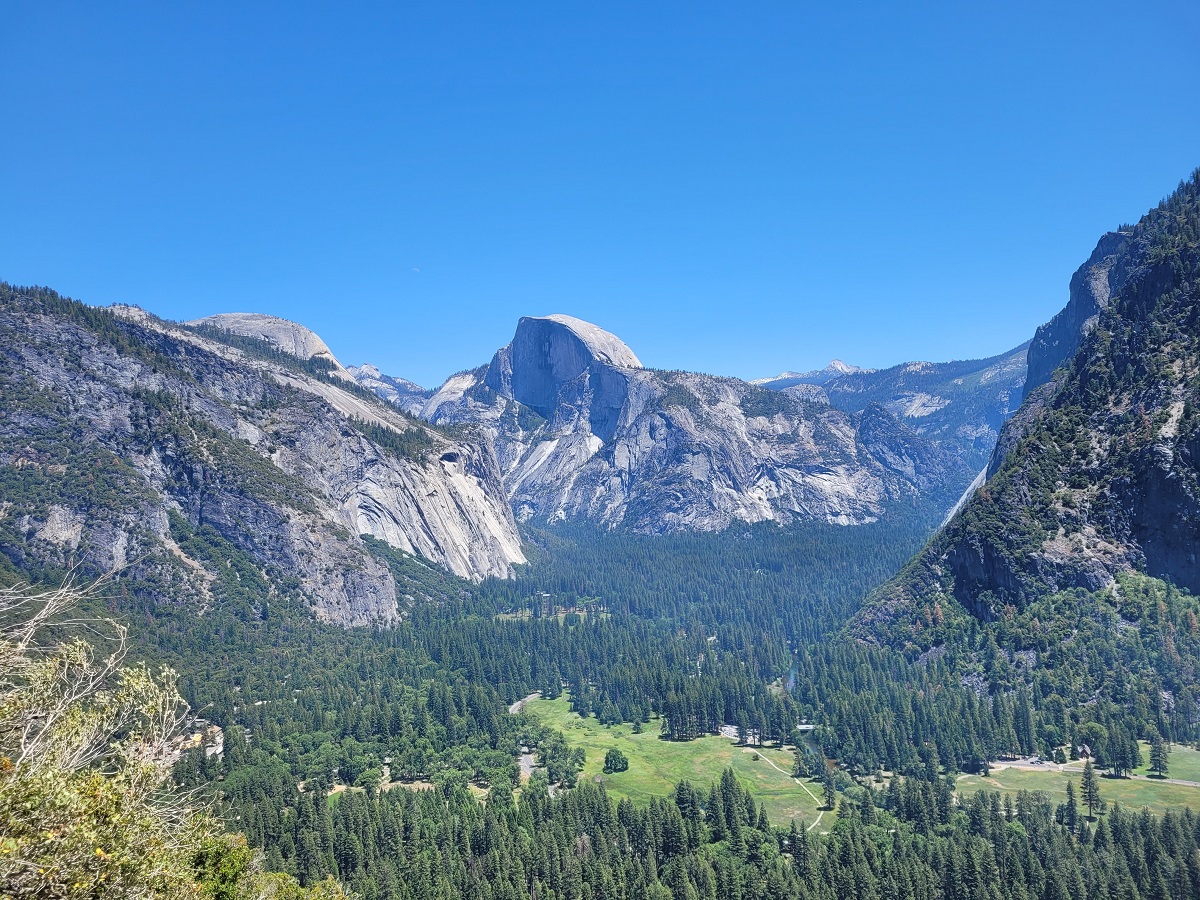
About Yosemite National Park
Before we jump into our itineraries, let’s go through some interesting facts about Yosemite and some facts you need to know before visiting. Yosemite National Park is part of the Sierra Nevada Mountains located on the east side of California. Driving due east of San Francisco, it’s about a four-hour drive.
To give you some perspective, Yosemite is approximately the size of Rhode Island. Twelve hundred square miles to be exact. At its heart, Yosemite Valley is a glacier-carved valley with granite monoliths, cliffs, and waterfalls surrounding it and a river running through the middle of it. Beyond Yosemite Valley, you will find giant sequoia trees, high mountain meadows and lakes, and breathtaking views of mountains and valleys all around you.
Every season has its beauties in Yosemite. During Spring, you will see the waterfalls flowing full and fast with spring flowers blooming everywhere. Layering your clothes is recommended this time of year for the cooler mornings, warmer afternoons then back to cool in the evenings.
Summer has longer days and much warmer weather. Depending on the snowfall from the previous winter, some of the waterfalls will actually dry up or become small streams of water during Summer. The park is generally more crowded and therefore fewer parking spots and more traffic.
Fall brings with it colorful foliage, and most of the waterfalls will have dried up. The temperatures are cooling down and with it, the number of visitors. Don’t forget your layers for those cooler mornings and evenings.
Winter is very unique in Yosemite. Skiing, ice skating, and snowshoeing become possible at this time. There are far fewer crowds, but some of the roads are closed. Tioga, Glacier Point, and Mariposa Grove Roads are all closed during the winter months.
These roads close around mid-November to early December and won’t reopen until May-ish. Depending on how packed the snow becomes, the plowing process can take between one to two months. The Yosemite National Park webpage keeps visitors up to date with the latest plowing progress and reopenings.
For most non-commercial vehicles with 15 or fewer passengers, the entrance fee into the park is $35. This gets your vehicle and all its passengers into the park for up to 7 days. This fee can be paid with a credit card upon arrival or in advance if preferred.
The National Park Service also offers an annual pass for $80. The annual America the Beautiful Pass gives your vehicle access to more than 2,000 federal recreation sites across the country including national parks and national wildlife refuges.
Regional transit service is also available to and from Yosemite National Park, including a stop at our Rush Creek Lodge property. For the most up-to-date information on openings and closings within Yosemite National Park, please visit the National Park Service website.
Two, Three & Four Day Yosemite Itineraries
We can’t wait for you to experience Yosemite National Park. But we want to be sure you are safe while having fun. Please wear appropriate shoes while in the park. Terrains are uneven and slippery at times, and there is so much walking. If you are visiting during the summer months, pack bug spray for the trip.
Also, be sure to pack plenty of water and snacks for each day. Our General Stores carry all of the necessities you will need during your day. Some days, you will also want to pack a picnic lunch, but we will let you know which days those are.
Just remember, if you see something interesting along the way, stop and explore. There are numerous lookout points and smaller trails all over Yosemite. It is important to have a plan when visiting Yosemite, but it’s also good to have some spontaneity.

Day 1 in Yosemite National Park:
Breakfast
To ease you into your first day in Yosemite, we recommend you get a fairly early start and gear up for the day with a hearty breakfast. Both of our Yosemite Hotels offer a delicious made-to-order breakfast, served 7am – 10:30am daily. Be sure to purchase the Bed & Breakfast package (available at both hotels) for the best value.
Morning Activities
For the best first impression, take Wawona Road into Yosemite Valley. You will drive through the Wawona Tunnel and reach your first destination, Tunnel View. This is the most well-known view of Yosemite made famous by photographer Ansel Adams.
Bonus: There is an Ansel Adams Gallery in Yosemite Valley that you should definitely visit. Prints are available for purchase. You can purchase professional photos of any top sights you experienced on your vacation.
Just past Tunnel View, you will find your first hiking trail to Bridalveil Falls on the right. This hike is 1.2 miles round trip and rated as easy. Bridalveil Falls is one of the waterfalls that dry up later in the year, so you will only see water during the spring and early summer.
The Bridalveil Falls trail is currently closed for construction and restoration to improve all aspects of this beloved waterfall and its surrounding areas including the parking lot, restrooms, the lookout point, and trail itself.
Jump back in the car and head a little further into Yosemite Valley to get your first up-close-and-personal view of El Capitan. This granite monolith stands about 3,000 feet high. From the park’s telescopes, you can look up and see the extreme rock climbers making their way to the top.
Bonus: If time allows, hike over to El Capitan Meadow just below the giant monolith. You might have the chance to talk with one of the extreme rock climbers just before they start their climb. And the view looking straight up gives you a whole new perspective.
Once in the Valley, find yourself a good parking spot. Really anywhere will work since you will be all over the Valley for the rest of the day.
The best way to get acquainted with Yosemite Valley is to hike the Cook’s Meadow Trail. This hike is a 2.25 loop around the Valley and rates a 2 out of 10 in difficulty. It can be completed in 1-2 hours.
Cook’s Meadow Trail will give you multiple vantage points Yosemite Falls and Half Dome. You will also get to see the Sentinel Bridge, Sentinel Beach, Yosemite Chapel, the Swinging Bridge, and the Yosemite Lodge. At the Lodge, there’s a Food Court, Coffee Corner, Gift Shop, and the Ansel Adams Gallery.
We highly recommend that you make time for the Lower Yosemite Falls Trail. This trail branches off of the main trail just east of the Yosemite Lodge and will only add a half-mile to your hike. It’s well worth the views even if you visit when the waterfall will have dried up. Yosemite Falls stands over 2,400 feet and is the tallest waterfall in North America.
Bonus: On your next Yosemite vacation, plan to hike the Upper Yosemite Falls Trail. This hike is 7.6 miles round trip and rates high on the difficulty level. The views are well worth the hike and the difficulty.
Lunch
We realize that was a slam-packed morning. A picnic lunch along the Merced River is always a great way to spend your first day in Yosemite.
You can also head to Curry Village on the east end of the Valley next to the campground office. The Pizza Patio serves delicious pizza and ice cream to refuel for the afternoon activities.
Afternoon Activities
Now that your legs are warmed up and your belly is full, it’s time for one of the most famous hikes in Yosemite. Just past Curry Village and the campgrounds (approximately three-quarters of a mile), you will find the Mist Trail Trailhead. You have a couple of options for this hike which will be determined by how much daylight you have left and how many more steps you would like to take. Note that both of the waterfalls on this hike still flow pretty steady into the summer months.
The first sight you will come to on the Mist Trail is Vernal Falls. To this point, you will have encountered some slightly steep stone stairs cut into the mountain and medium exertion. If you turn back now, you will have completed a 3-mile hike back to the trailhead.
If you continue, you will reach the top of Nevada Falls. You will really start testing your hiking skills along this portion of the trail. This is the highest and closest you can get to Half Dome without a lottery permit.
A permit is required to hike to the top of Half Dome seven days per week. If you would like to apply for a permit, learn more here.
Once you reach the top, you have another choice to make. After taking some awesome photos, you can retrace your steps back down the Mist Trail. When you reach the trailhead, you will have completed 7 miles. Or you can jump onto the John Muir Trail and return back to the trailhead this way. This route won’t add much more time or many more steps, but you will have even more incredible views. There is one amazing view where you can see Nevada Falls, Liberty Cap, and the smooth backside of Half Dome.
Once you make it back to your car, it’s time to call it a day and head back to the Lodge.
Dinner & S’mores
Grab some dinner at the main dining building or on the outdoor patio. Dinner is served from 5pm – 9pm during the winter, and until 10pm in the summer. After dinner, head over to the fire pit and toast some s’mores for dessert. But don’t stay up too late, tomorrow is a big day!

Day 2 in Yosemite National Park:
Today’s activities would not be possible if you decided to visit Yosemite between mid-November and May. If that is the case, we recommend doing Day 4’s itinerary on Day 2.
Breakfast
Since today’s sights are a bit further of a drive, we recommend stopping by the General Store and grabbing breakfast to go. Pick up some delicious made-to-order lattes, breakfast items, and make-your-own granola. Stock up on snacks and waters while you are here. Today is also the day to pack a picnic lunch. The General Store has all the supplies you will need.
Morning Activities
You can enter the park from multiple points to reach the Mariposa Grove from your Yosemite Hotel. The turnoff is where Hwy 41 turns into Wawona Road, south of the Valley. This grove is the largest inside Yosemite with 500 giant mature sequoias. (You will have a chance tomorrow to see the other two sequoia tree groves.)
The best hike for your steps is the Grizzly Giant Loop. This trail is 2 miles with a medium level of difficulty. Along the way you will get to see the Fallen Monarch (a fallen sequoia that is approximately 15 feet wide at its base), the Bachelor & Three Graces (a quartet of sequoias), the Grizzly Giant (the largest and oldest sequoia in the grove measuring 30 feet in diameter and an estimated 1,800 years old), and the California Tunnel Tree (the only living sequoia with a man-made tunnel drilled through the base).
Lunch
Depending on what time you finish up your morning activities, you can have your picnic lunch in Mariposa Grove or at the next destination, about an hour’s drive north.
Afternoon Activities
Further up Wawona Road, you will find the turnoff to Glacier Point. This vantage point will give you a view of Yosemite Valley and Half Dome from above and to the south. Just before you reach the top, stop off for a couple of hikes along the way.
Taft Point Trail is 2.2 miles round trip with a great view of the Valley. As you approach the top of Taft Point, you will start having to step over large vertical gashes in the rocks known as fissures.
Sentinel Dome Trail is also 2.2 miles round trip with amazing views of El Capitan, Yosemite Falls, and Half Dome. This trail is a bit steeper than the one to Taft Point, but both are rated a 3 out of 10.
There is a loop that connects these two trails for a total of 4.9 miles. We recommend returning to the trailhead between hikes. You can grab some water out of the car and use the restroom if needed. Hiked separately, these two trails will take about 3 hours to complete.
The last view of the day is just 7.5 miles further up the road. Jump in your car and head to the end of Glacier Point Road for a short half-mile hike to the top. Words can not describe this view. You will know what we mean when you see it!
Dinner & Stargazing
We know you will be tired after your full day of hiking and breathtaking scenes. How about dinner on the patio and some stargazing with your dessert?
Day 3 in Yosemite National Park:
Today’s itinerary can actually be completed in the order listed or reversed since they all take place along Tioga Road. Most of today’s itinerary would also not be possible if you are visiting Yosemite during the winter. The sequoia groves on the west end of our path are accessible during the winter.
Breakfast
You will need to start early today and pack your lunch for the adventures. For breakfast, we recommend the French Toast made from Cinnamon Chip Bread with Macerated Strawberries and Chantilly Cream on top and bacon on the side. Or you can pick another item off the Evergreen Lodge menu.
Morning & Afternoon Activities
For today, we will give you all of our favorite sites and trails along Tioga Road and you can choose which ones you would like to enjoy. Our choice would be to take your longest drive in the morning to the far east end of Tioga Road to start the day.
The first stop is the Gaylor Lake Trailhead. There are technically three Gaylor Lakes: Upper, Middle (the largest), and Lower. The designated trail will take you from the road, up a steep mountainside into a valley where you will first see the Middle Gaylor Lake. You can follow the trail upward past Gaylor Peak to the Upper Gaylor Lake.
On your way back towards the trailhead, you can step off the beaten path and explore the valley to see Lower Gaylor Lake.
Once back to the car, it’s on to the next destination – Tuolumne Meadows and Soda Springs. These meadows are so expansive and the 1.5-mile hike to Soda Springs offers views of the winding clear river with granite mountains and forests in the distance. Soda Springs is a small spring with carbonated water bubbling from the ground. It’s very cool to see. There are also many other small trails in the meadow for you to explore.
The next stop is Tenaya Lake. Bring your swim gear and you can take a dip. Warning, this is a glacier lake so it will be chilly! Or take the 2.5-mile hike around Tenaya Lake to get even more incredible views. There are plenty of picnic areas around the lake to have lunch at plus lots of other trails.
Five minutes farther up the road, you will find Olmsted Point. From this vantage point, you can look into the Valley in the opposite direction of Tunnel View with a view of the northeast side of Half Dome. You can also look back and see Tenaya Lake and Tenaya Canyon.
Another hike you can add to your day is the May Lake Trail. You will find the trailhead 1.8 miles off Tioga Rd. on May Lake Rd. The shorter version of this hike is 2.5 miles round trip to Mary Lake and back with amazing views of Mt. Hoffmann along the way. Or you can complete the full 6-mile hike up Mt. Hoffmann.
Bonus: If you have visited Yosemite during the winter and weren’t able to access Mariposa Grove, check out the Merced Grove and Tuolumne Grove on the west end of Tioga Rd. These groves don’t have quite as many giant sequoia trees as Mariposa (Merced has 20, Tuolumne has 30), but they are still tall and big and breathtaking. The trail to Tuolumne Grove is 2.5 miles round trip. The trail to Merced Grove is 3 miles round trip and slightly more difficult. This is the least crowded of all the groves.
Dinner & Relaxing
We know you must be wiped! Let us make you dinner. We’d recommend the Pozole Tacos to start, the Duck Banh Mi Sandwich for dinner, and finish it off with a classic Root Beer Float. But here is the full Evergreen Lodge menu to look over. After a delicious dinner in the dining lodge, why not hit the hay. Tomorrow is your last day, and it won’t disappoint!
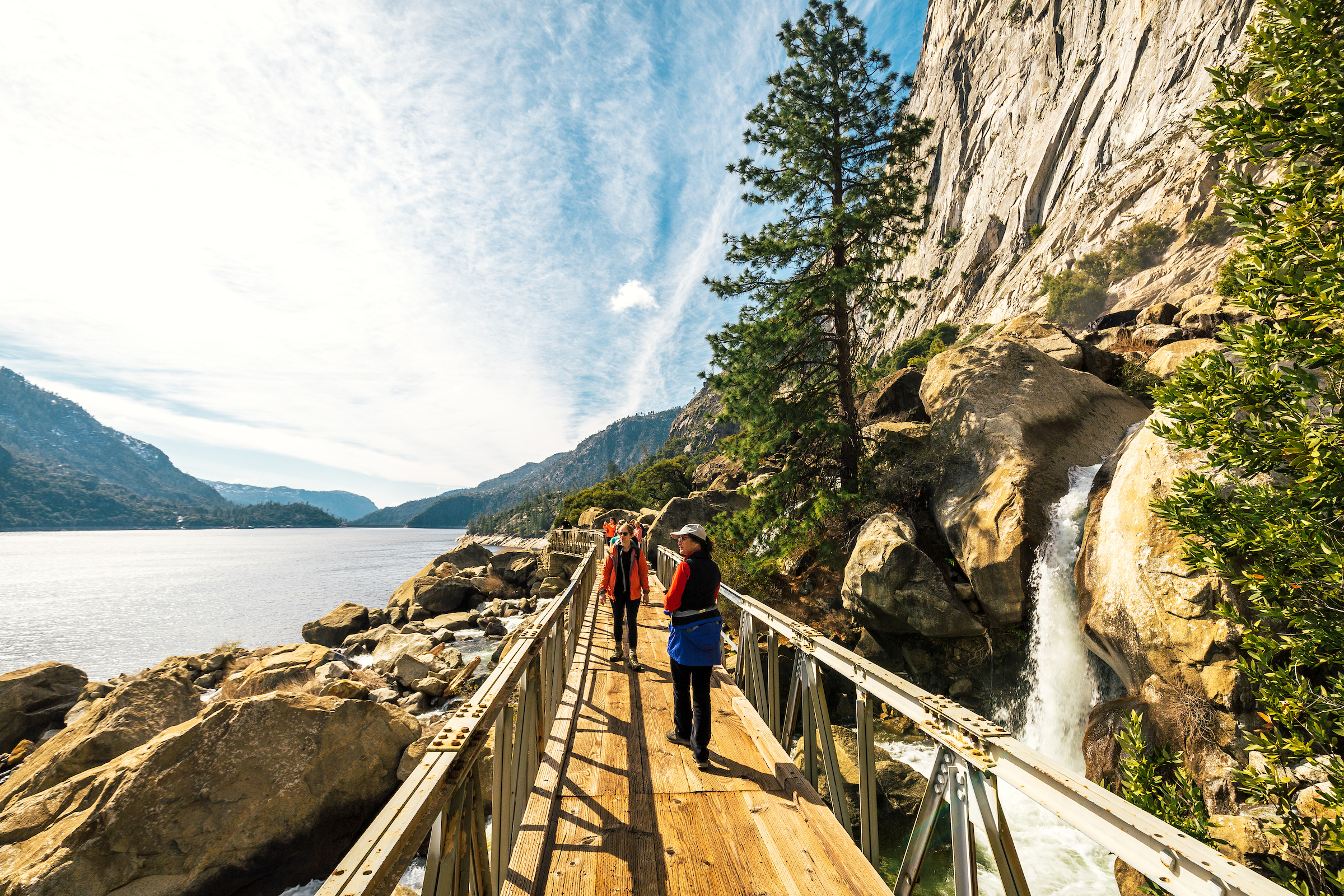
Day 4 in Yosemite National Park:
Breakfast
Since it’s your last day, go all out! Why not have a delicious Lodge Omelet with baby red potatoes, sourdough toast, and coffee this morning? Or another breakfast choice off the Rush Creek Lodge menu.
Morning & Afternoon
For your last day at Yosemite National Park, you will be visiting the Hetch Hetchy Reservoir, the closest Yosemite sight to our hotels. Prior to the dam being completed in 1938, visitors to this valley said that it looked like a mini Yosemite Valley. Today, you will find a very large lake filled with 117-billion gallons of water held up by the O’Shaughnessy Dam. There are plenty of picnic spots around the Reservoir, so grab the cooler and enjoy your lunch whenever you are ready.
Due to its lower elevation, Hetch Hetchy is the best for winter vacations as most everything is still accessible. The most popular trail around Hetch Hetchy is the Wapama Falls Trail. This trail is 5.5 miles round trip and is rated on a moderate level of difficulty. The bottom 400 feet of this waterfall is actually under the reservoir, but the top 1,400 feet is still visible and very impressive to see. Be careful on this trail in early spring. The waterfall will be gushing with water and the footbridge can become unsafe.
The longest trail around Hetch Hetchy is the Rancheria Falls Trail. This trail is 13 miles round trip and is an extension of the Wapama Falls Trail. This trail rates a 6 or 7 on the difficulty level. If you are up for the challenge, you won’t find a dramatic plunge waterfall, like Yosemite or Bridalveil Falls but a bunch of smaller waterfalls through a narrow canyon. Rancheria Falls’ thousand-foot drop is more gradual.
Depending on how your legs are feeling this day, other trails you can hike are Carlon Falls Trail (3.8 miles), Foresta Falls Trail (2 miles), Little Nellie Falls Trail (5.6 miles), and Lookout Point Trail (2.8 miles). If you are visiting Yosemite during the winter months, you could combine your trip to Hetch Hetchy with an afternoon at the Merced Grove of Giant Sequoias.
Dinner & Sleep
Wow! What a vacation! After four days of hiking, you must be tired and hungry. We have you covered. For dinner, we recommend you start with the Tomato Basil Flatbread and have the BBQ Brisket Mac’N Cheese for your entree. Or here is the full menu at Rush Creek Lodge for you to peruse. With a full belly, you will fall right to sleep.
See You Soon!
Yosemite National Park has so many sights to see, we unfortunately didn’t have time to mention them all. We hope that if you couldn’t complete the whole itinerary on this trip, you start planning your next vacation to Yosemite right away.
Both of our properties also offer guided access to most of the sights we have laid out in this itinerary. Here are the pricing and available dates for the Yosemite National Park Guided tours at Rush Creek Lodge, Evergreen Lodge, and Firefall Ranch. All of us here at Yosemite Hotels look forward to your visit. We can’t wait to hear all about your adventures!
FAQs About How Many Days to Spend in Yosemite
Is 2 days enough for Yosemite?
Two days in Yosemite is typically enough time to see many of the park’s most famous landmarks including Yosemite Falls, Half Dome, Bridalveil Falls, Glacier Point, and El Capitan.
Is 3 days in Yosemite enough?
Three days in Yosemite is plenty of time to include visiting many of the park’s most famous bodies of water into your itinerary, including Soda Springs, Tenaya Lake, and the Gaylor Lakes. You’ll also have time to see the magnificent sequoias in Merced Grove and Tuolumne Grove.
What is the best month to go to Yosemite?
The best month to go to Yosemite is late May or early September, when there are fewer crowds and the temperatures are milder. However, depending on what you’re hoping to experience, every season can make a case as the best time of the year to visit Yosemite.
How long does it take to go through Yosemite National Park?
Driving through Yosemite Valley is about 14 miles and takes just 30 minutes to drive, depending on traffic. However, you can easily make a full day out of your drive thanks to the many lookouts and hikes along the way.
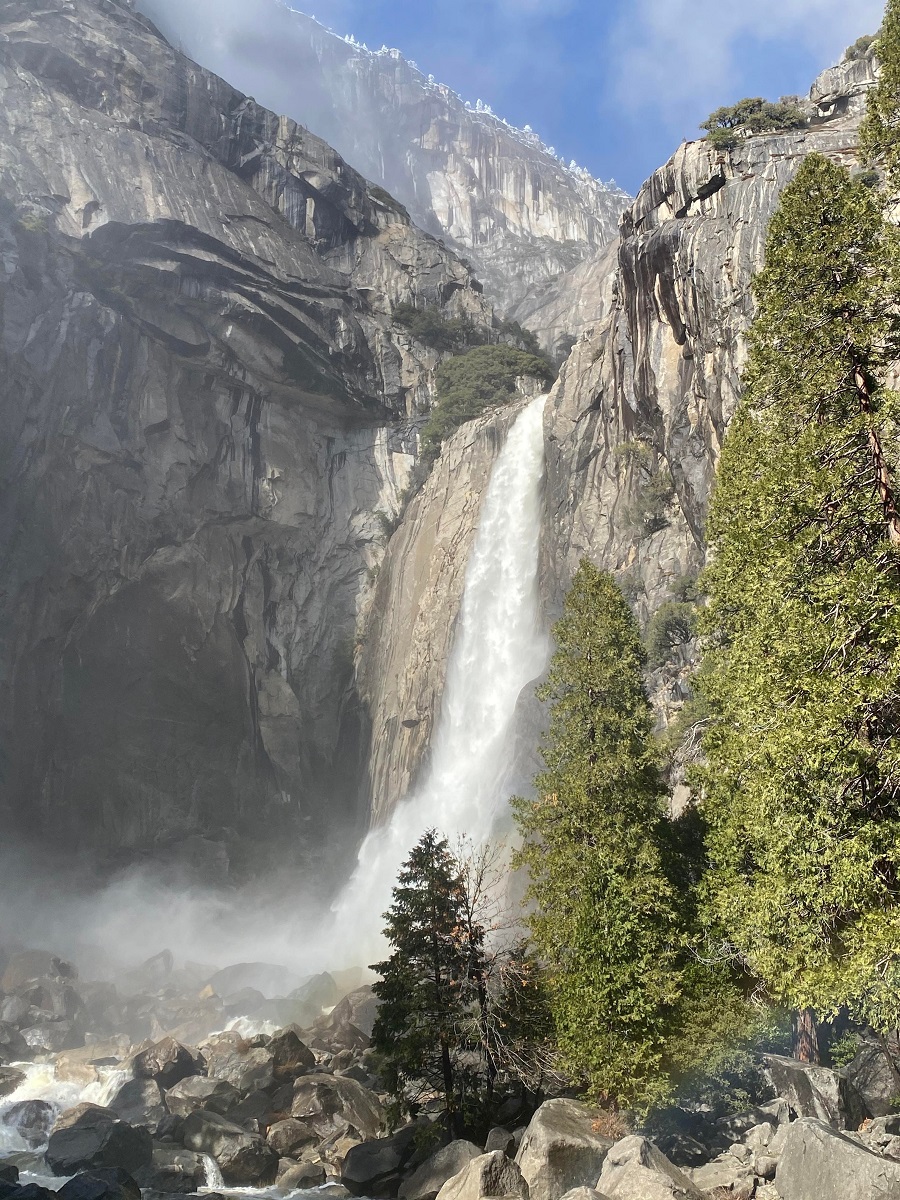

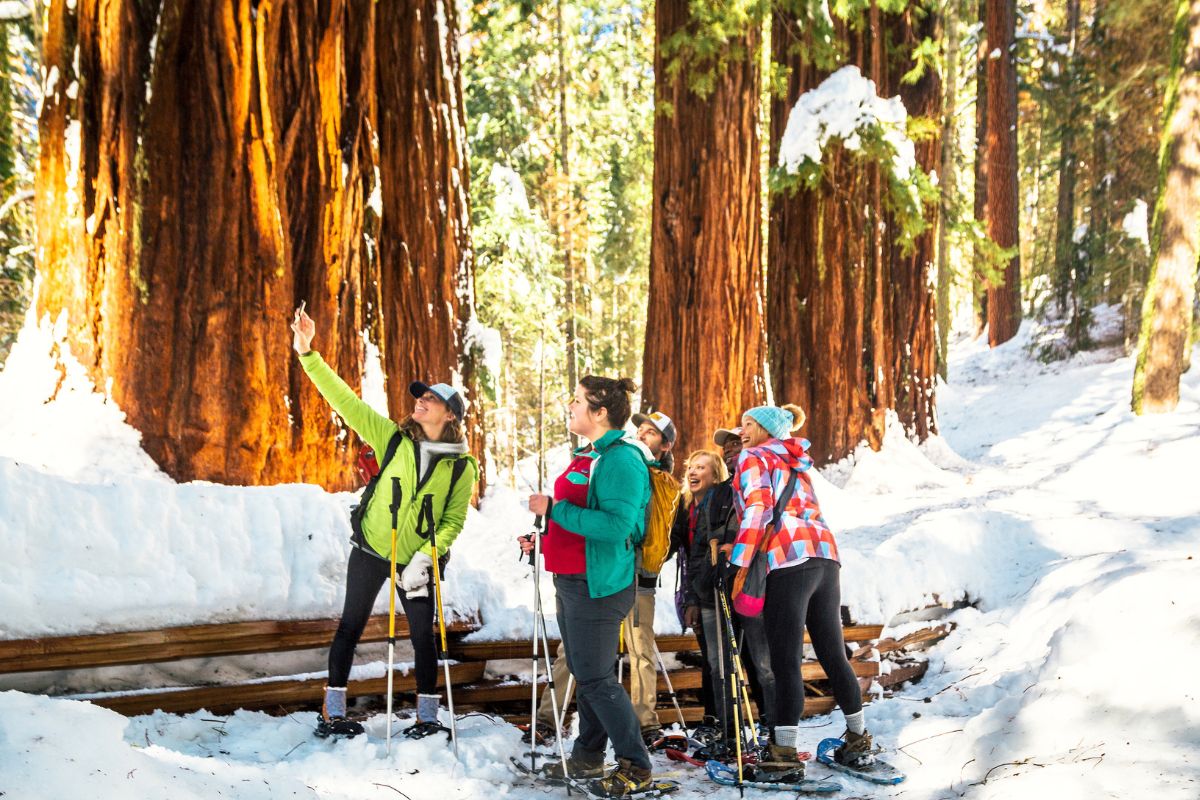
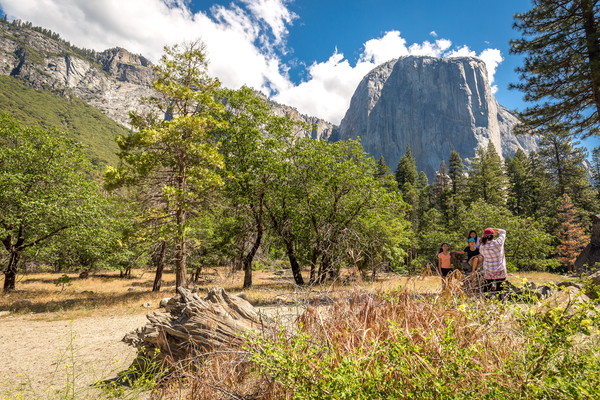
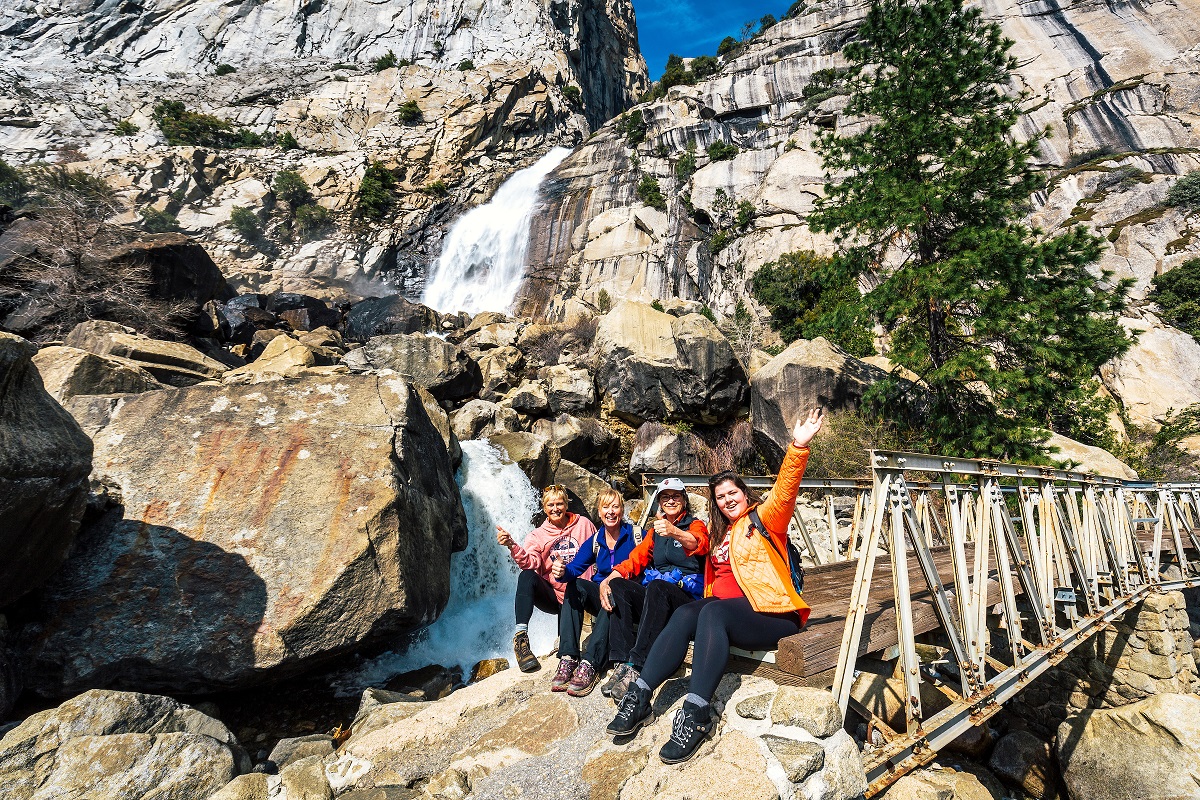
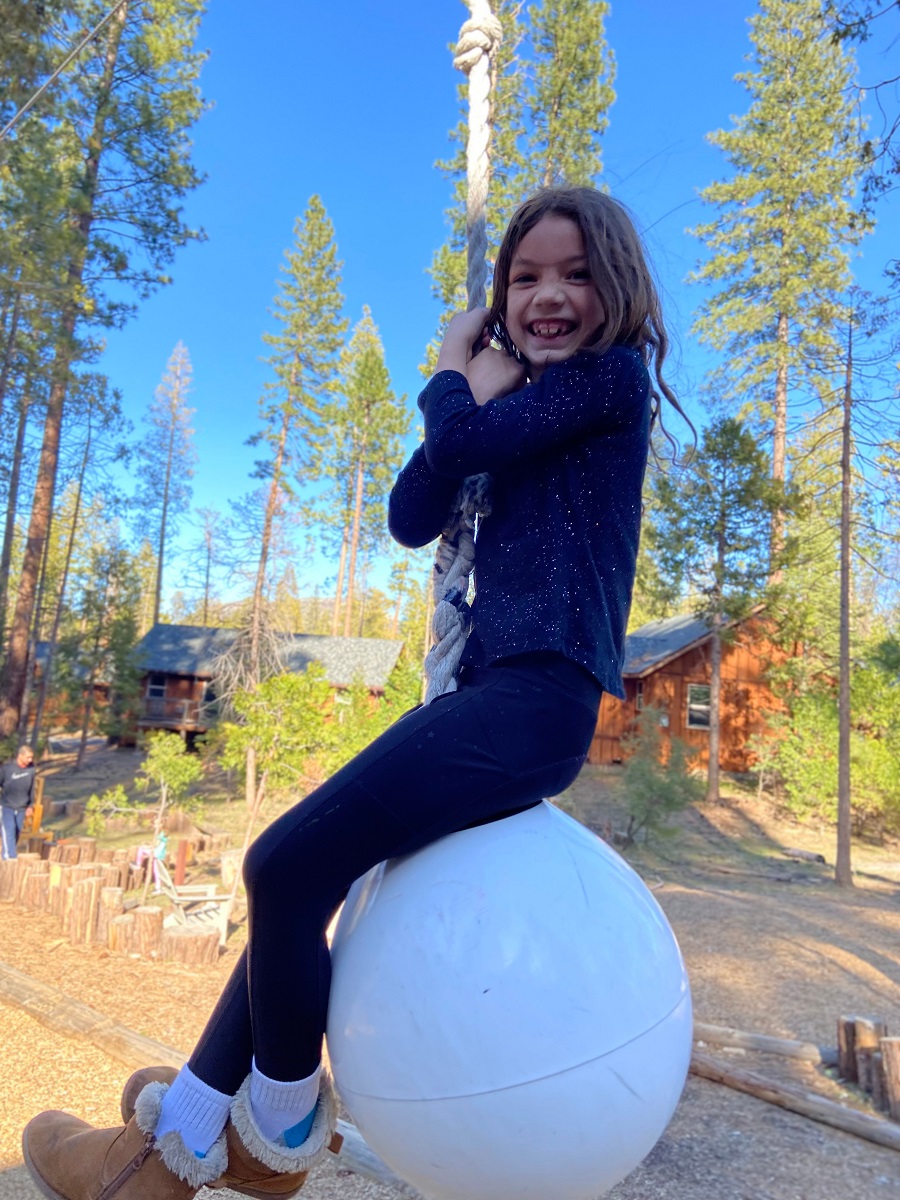
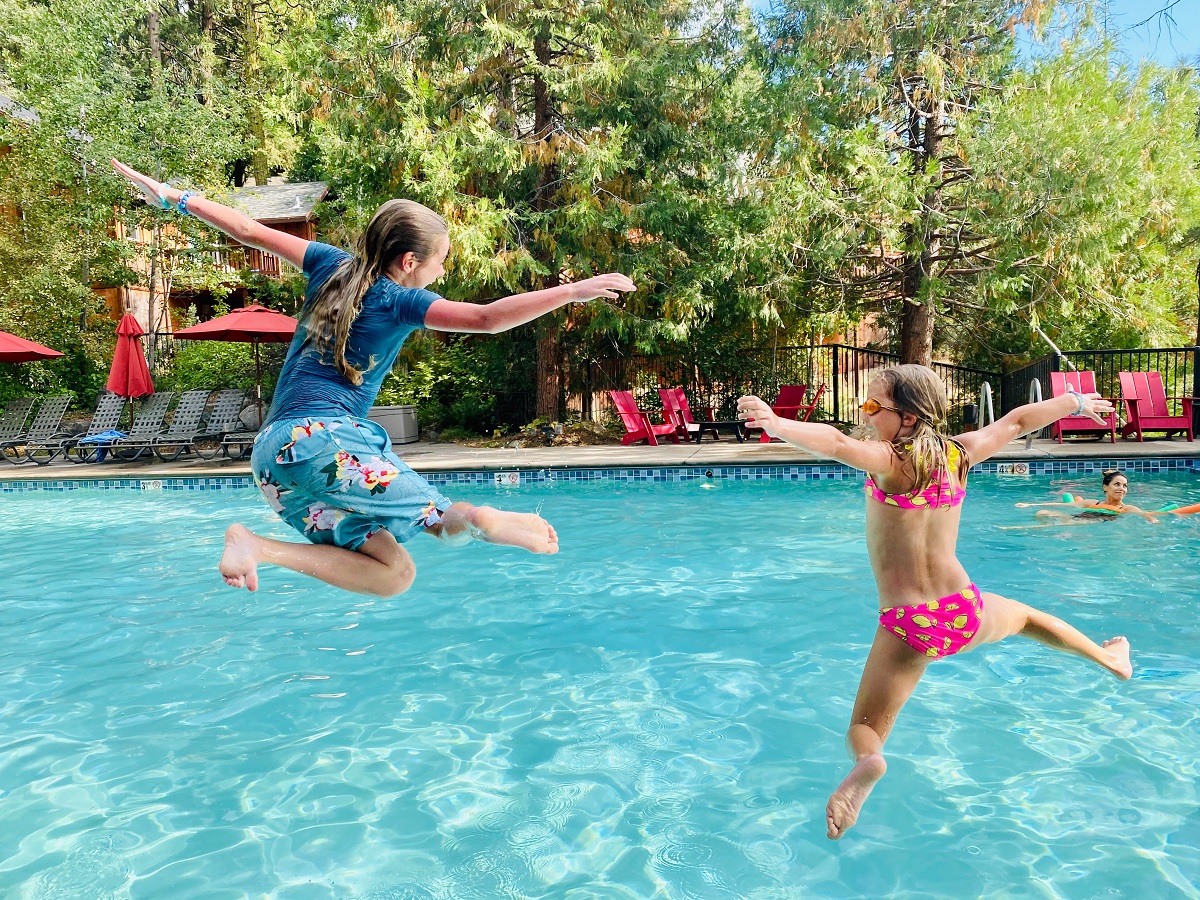
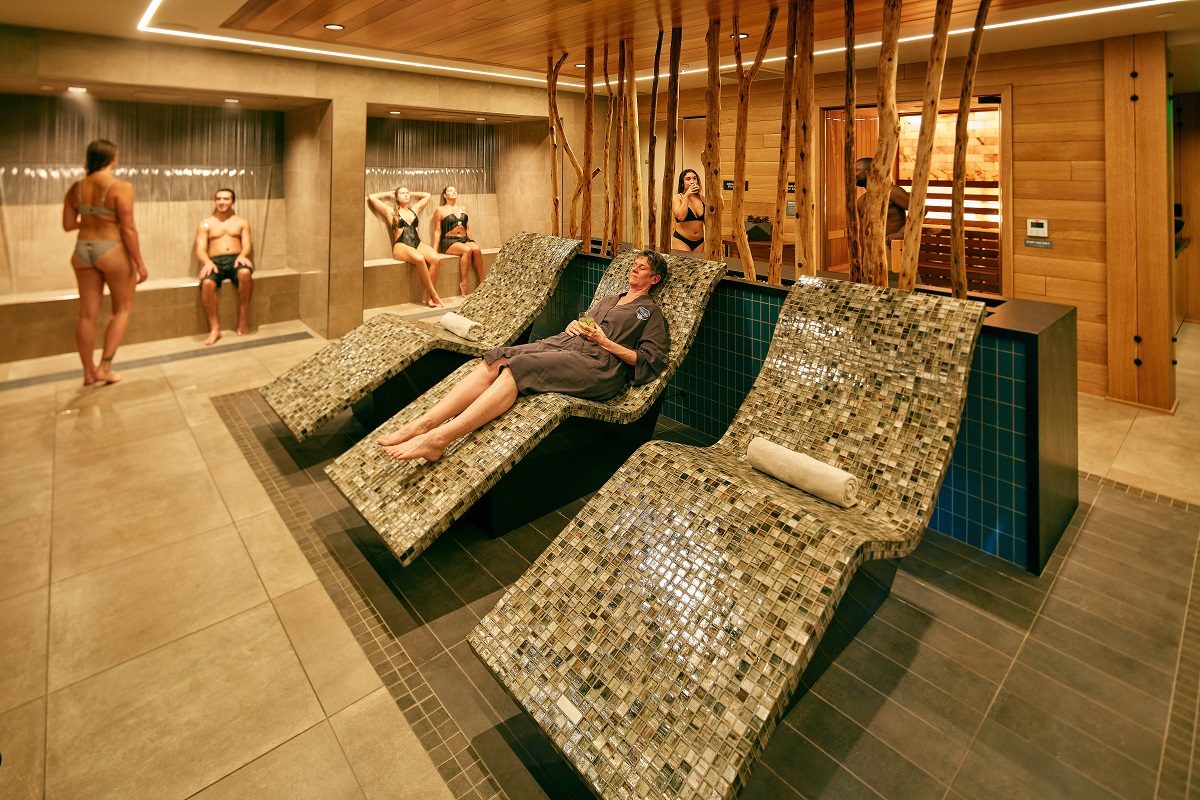
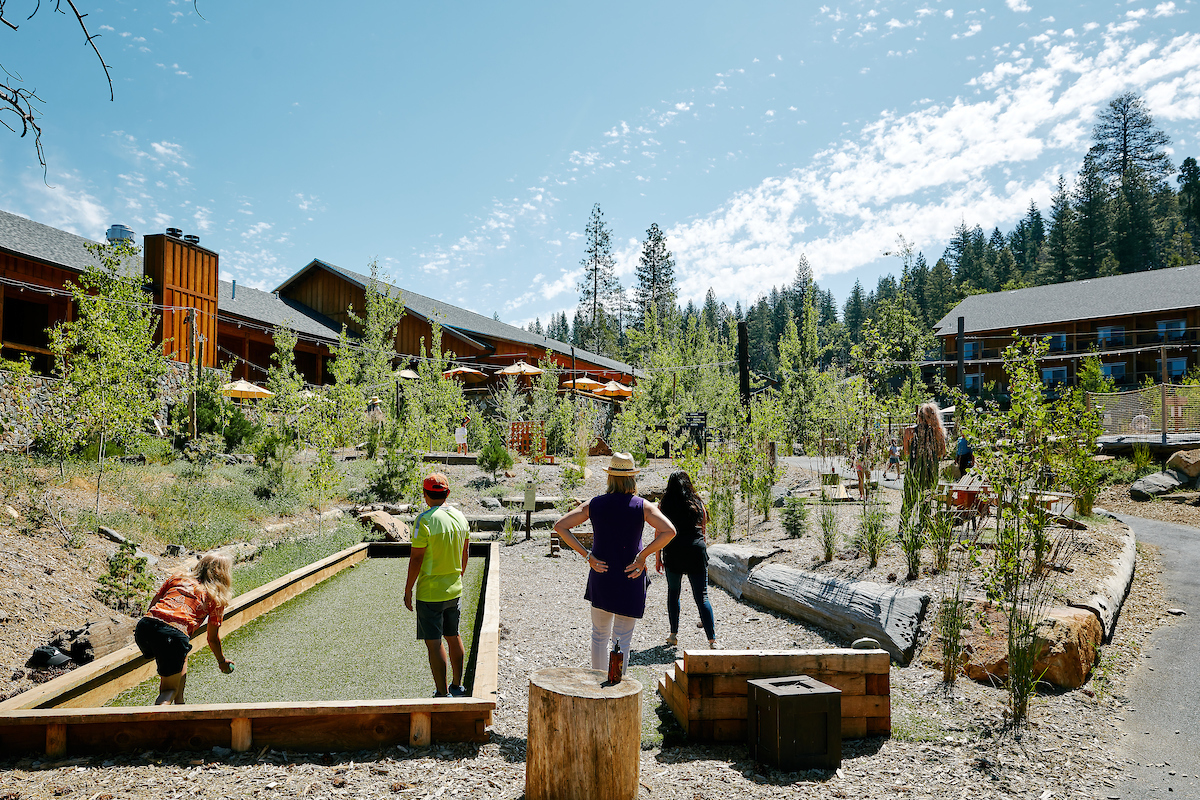
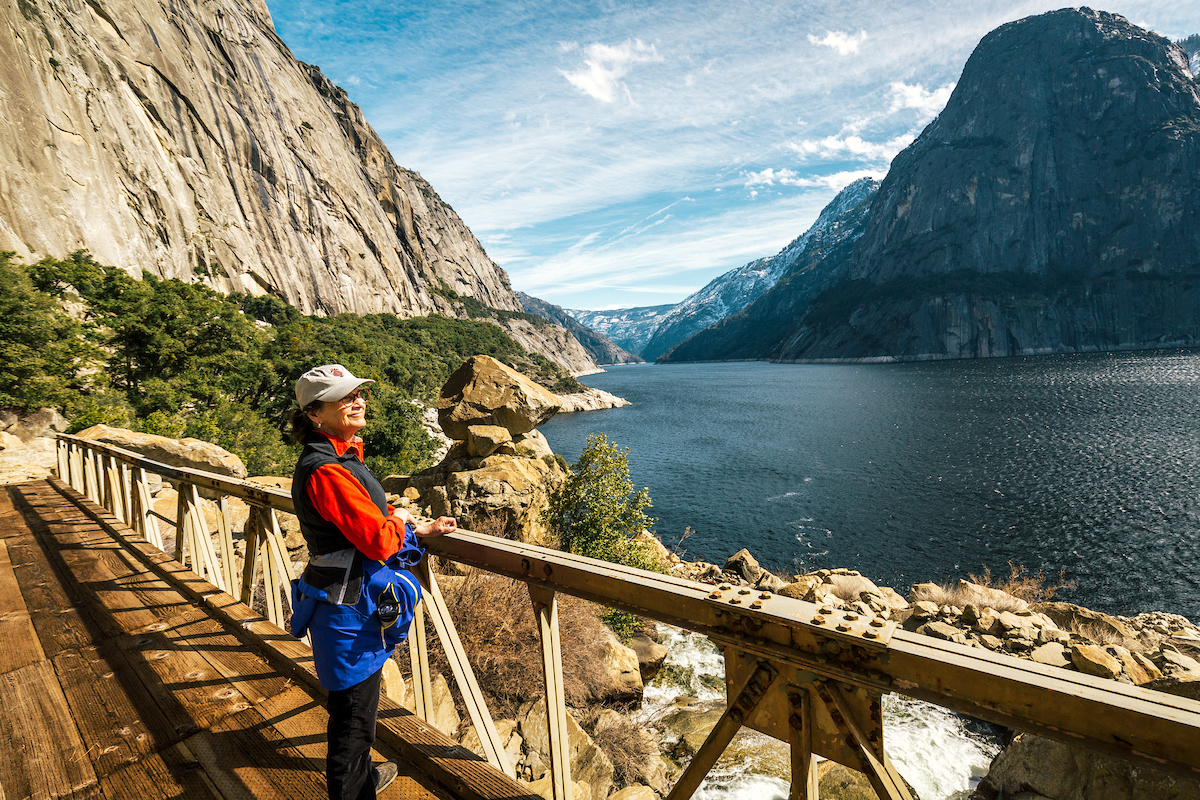
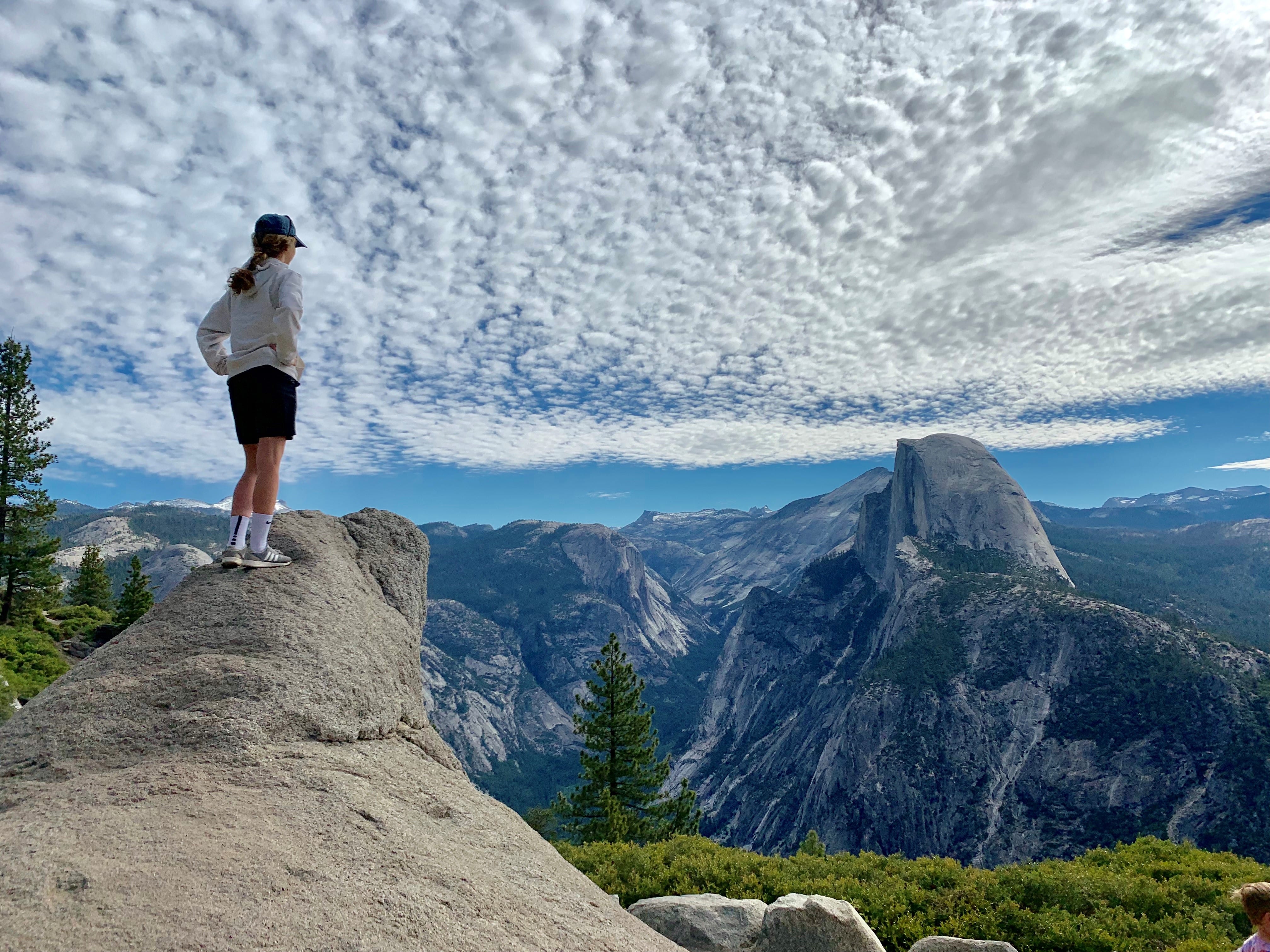



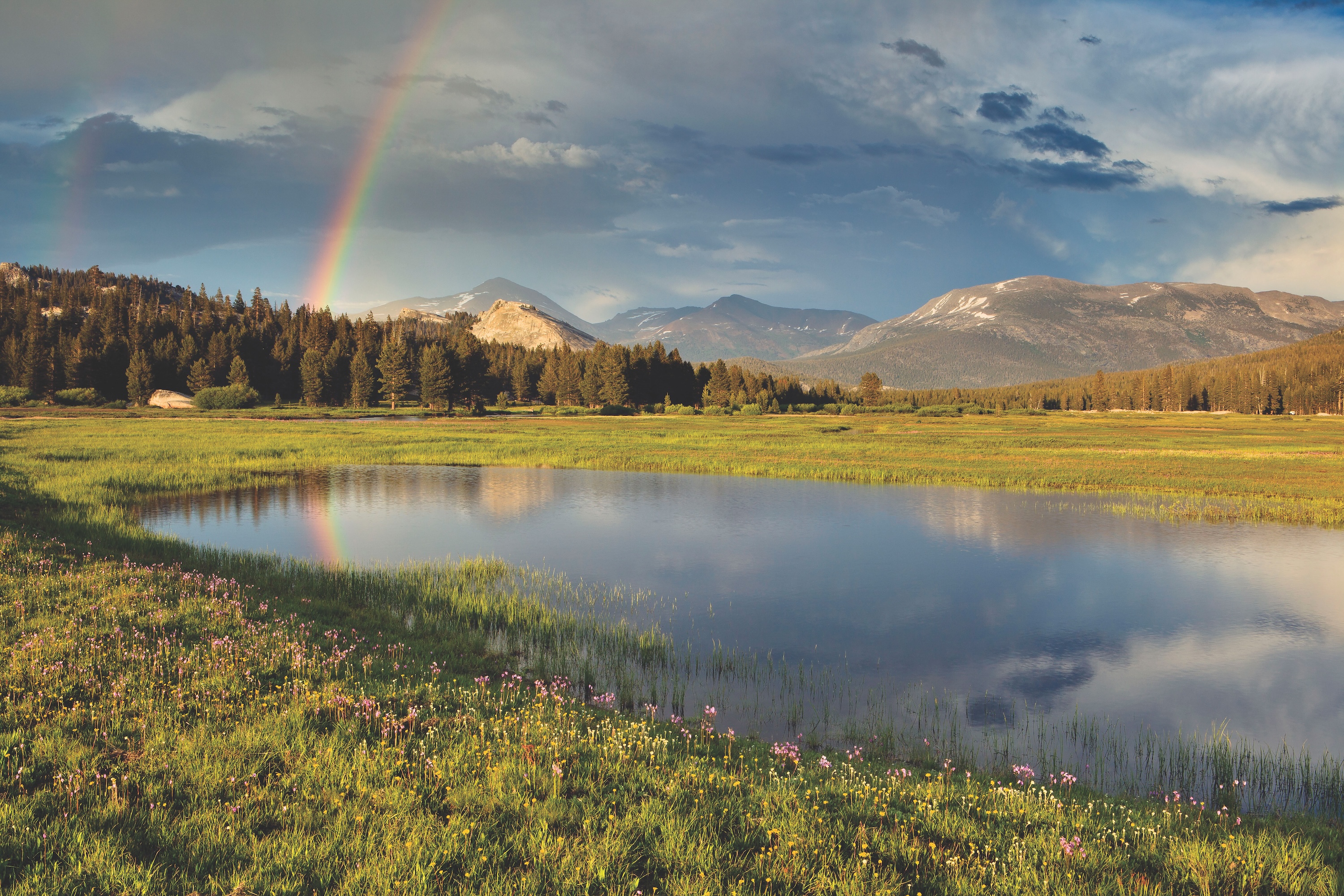

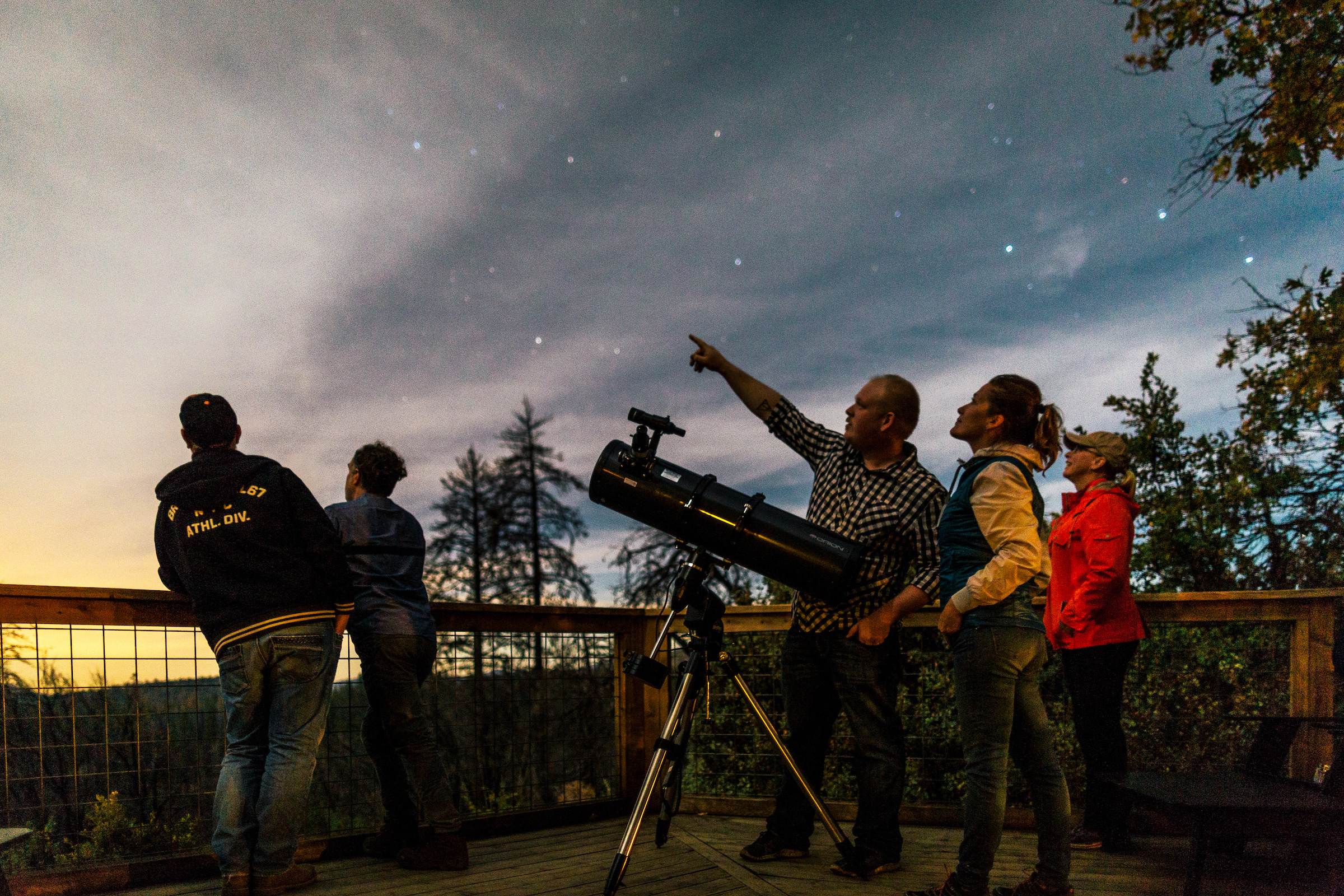
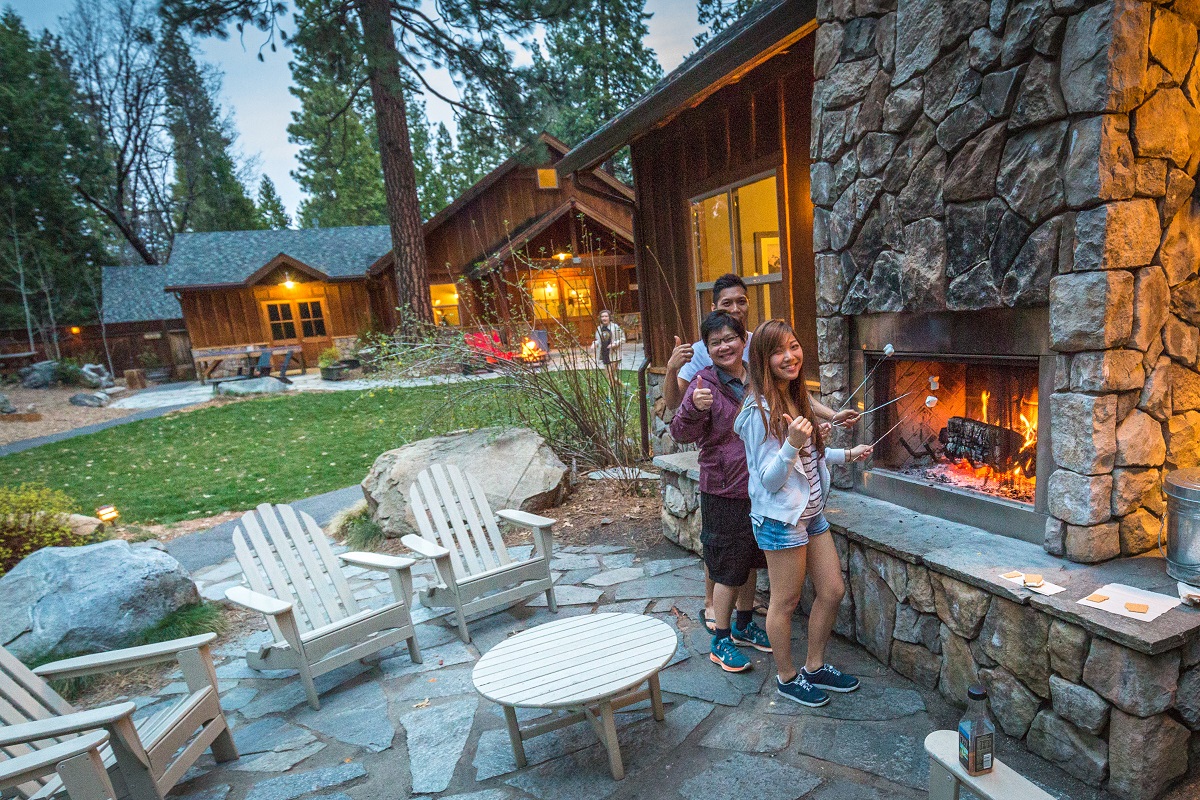
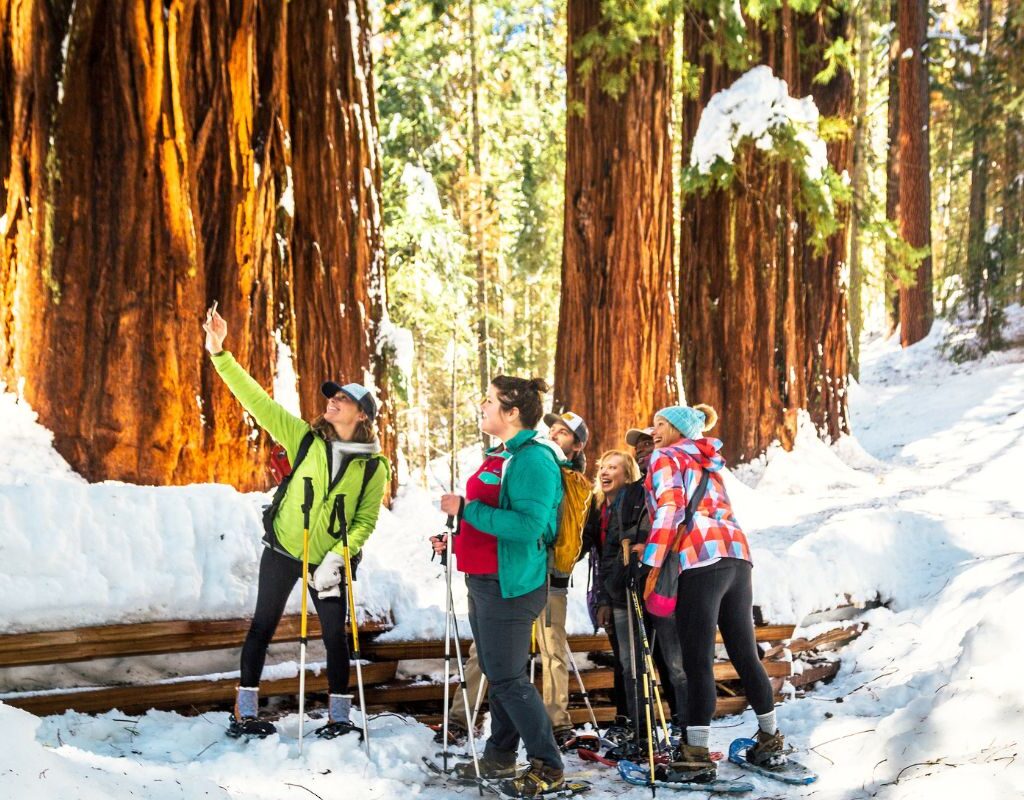 Smaller crowds are one of the best perks of visiting Yosemite in the winter months. During the winter, average temperatures (
Smaller crowds are one of the best perks of visiting Yosemite in the winter months. During the winter, average temperatures (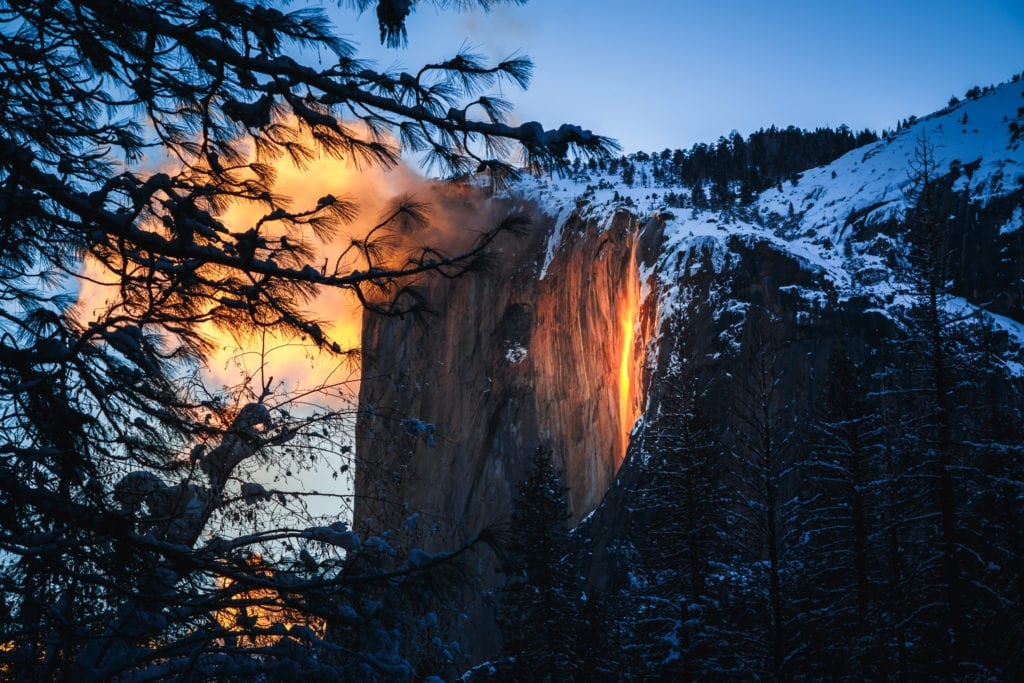 Beyond snow sports and fewer crowds, winter is the only time of year guests can see the Horsetail Fall Firefall, a unique phenomenon in Yosemite Valley. This natural beauty is normally visible during the last two weeks of February at the Horsetail Fall located on the eastern edge of El Capitan. On clear evenings as the sun is setting, the light reflects on the waterfall causing it to glow with vibrant oranges and yellows that look like fire. Check out
Beyond snow sports and fewer crowds, winter is the only time of year guests can see the Horsetail Fall Firefall, a unique phenomenon in Yosemite Valley. This natural beauty is normally visible during the last two weeks of February at the Horsetail Fall located on the eastern edge of El Capitan. On clear evenings as the sun is setting, the light reflects on the waterfall causing it to glow with vibrant oranges and yellows that look like fire. Check out 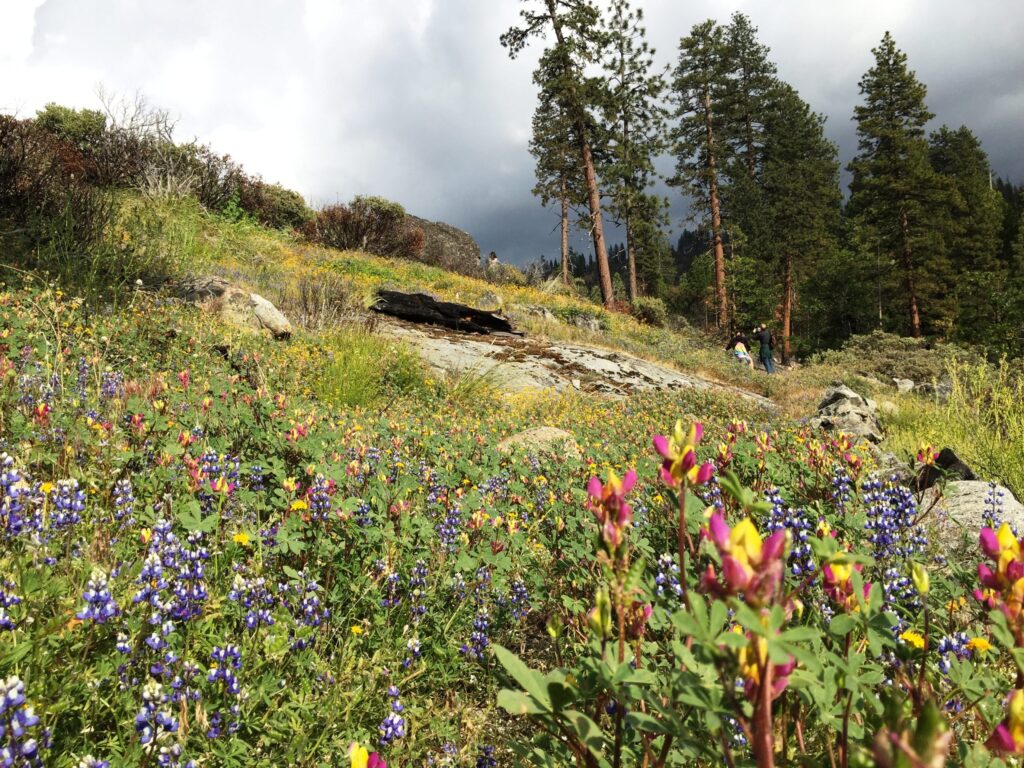 Wildflowers, waterfalls, and whitewater rafting are the major pros of springtime in Yosemite. In April the average temperatures (
Wildflowers, waterfalls, and whitewater rafting are the major pros of springtime in Yosemite. In April the average temperatures (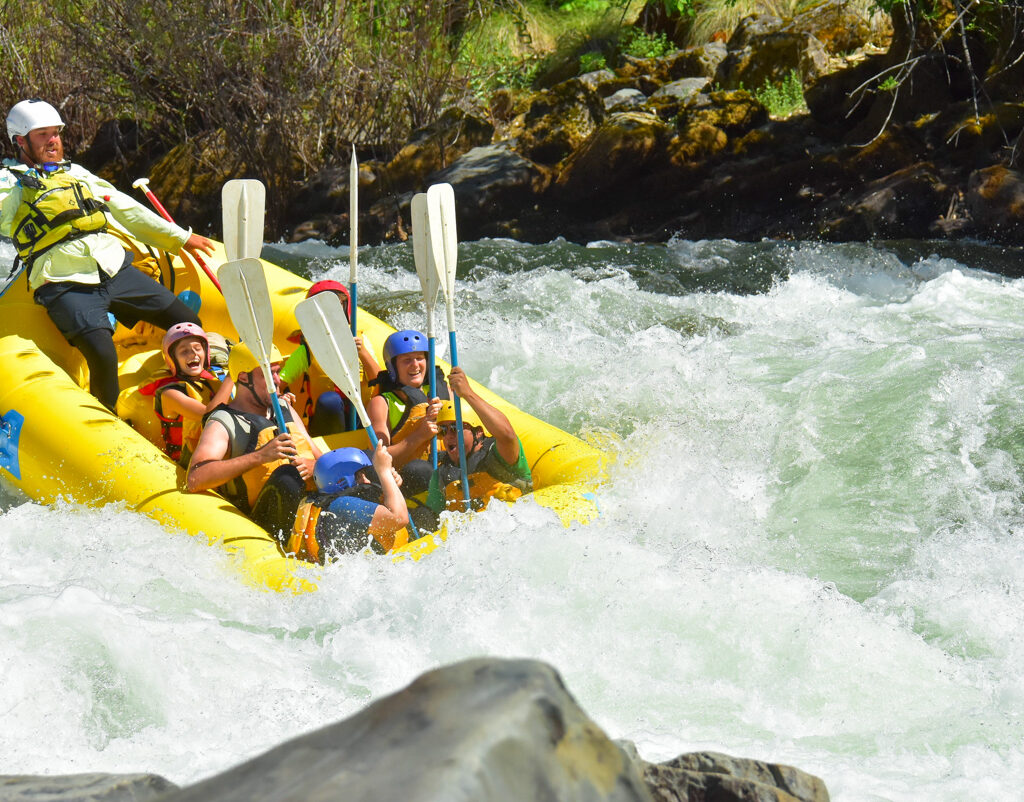 Trail hiking becomes accessible during spring starting in lower elevations like Yosemite Valley and
Trail hiking becomes accessible during spring starting in lower elevations like Yosemite Valley and 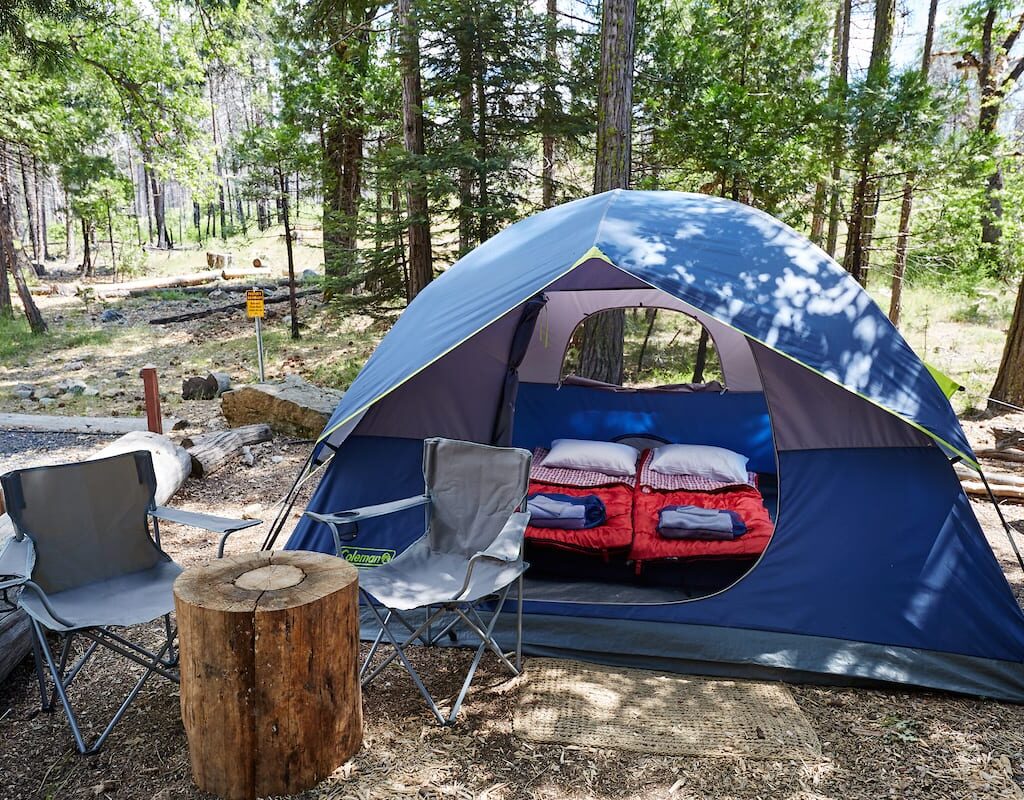 Summer in Yosemite brings with it complete access to the park. This time of year, all roads will be accessible. Temperatures (
Summer in Yosemite brings with it complete access to the park. This time of year, all roads will be accessible. Temperatures (
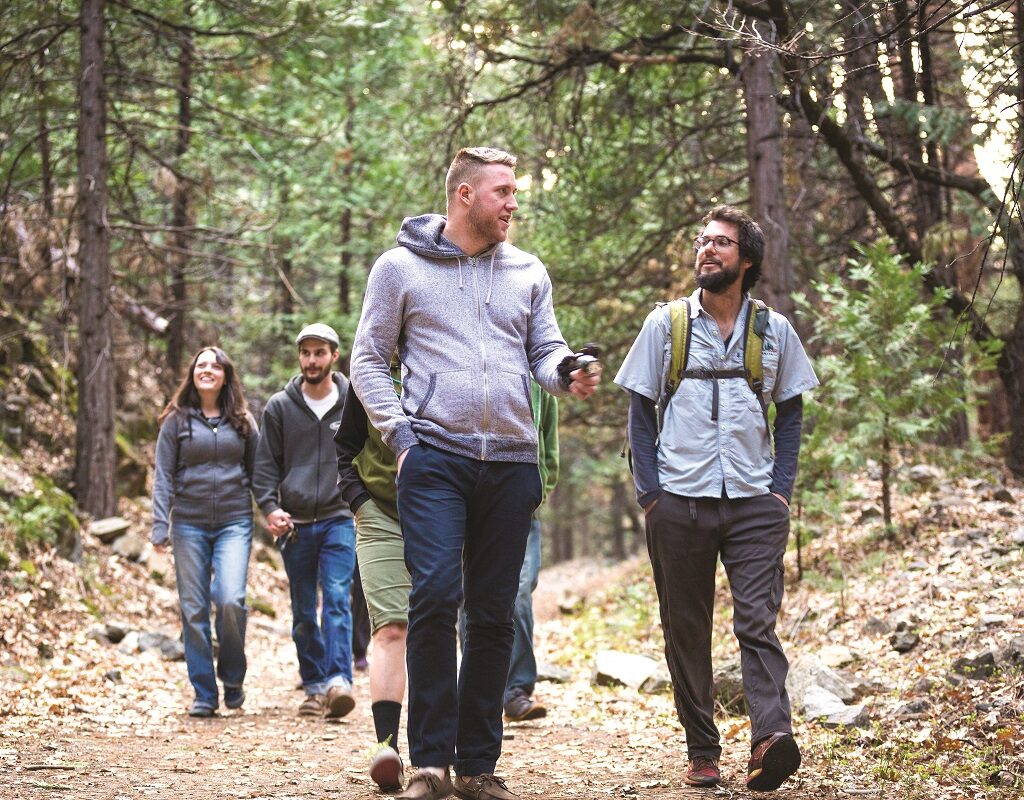 Autumn in Yosemite means fewer crowds, cooler temperatures, and fall foliage. After Labor Day, crowds greatly diminish at Yosemite. In September, temperatures (
Autumn in Yosemite means fewer crowds, cooler temperatures, and fall foliage. After Labor Day, crowds greatly diminish at Yosemite. In September, temperatures (